Cleaning & Disinfection, Knowledge Base
Contact Transfer Revisited
Your toast lands jelly side down on the floor. Could there be a more dramatic example of the contact transfer phenomenon described in “Particles on Surfaces 103”? You have no difficulty seeing the transfer of jelly to the floor and you can easily imagine that there is a simultaneous transfer of floor bacteria onto the jelly. (For this reason you should abandon the so-called “5 second rule” and just prepare another piece of toast with jelly.)
Recognizing the danger of contact transfer in a cleanroom is much more difficult because you can’t see that surfaces and objects (and gloves!) in the cleanroom may be contaminated with any combination of particles, fibers and non-volatile organic deposits or ionic residues. Unfortunately, you must assume the worst – that all surfaces are contaminated to some degree unless you have cleaned them or have witnessed someone else cleaning them.
Consider two types of objects in the cleanroom – a table and the gloves you’re wearing. The table can have more or less contamination per unit area than your gloves.
If you touch a “dirty” table with your “clean” gloves, there is a reasonable likelihood that contact transfer of contamination will occur and some of the contaminants on the table will transfer to your gloves at the points of contact. While you have unwittingly cleaned the table by removing some of its contaminants, in the process you have soiled your gloves with those contaminants. The danger is that you will transfer those table contaminants to the next object your gloves contact.
Conversely, if you touch a “clean” table with your “dirty” gloves, you have unknowingly contaminated the table. Not good.
Trying to figure out in advance which items in the cleanroom are cleaner than others is an exercise in futility. As stated above, assume they are all contaminated and wipe them all down with wipers pre-wetted with 70% isopropyl alcohol. Ideally gloves should be wiped down numerous times to minimize the contact transfer effect, since the gloves come into contact with many surfaces in the cleanroom.






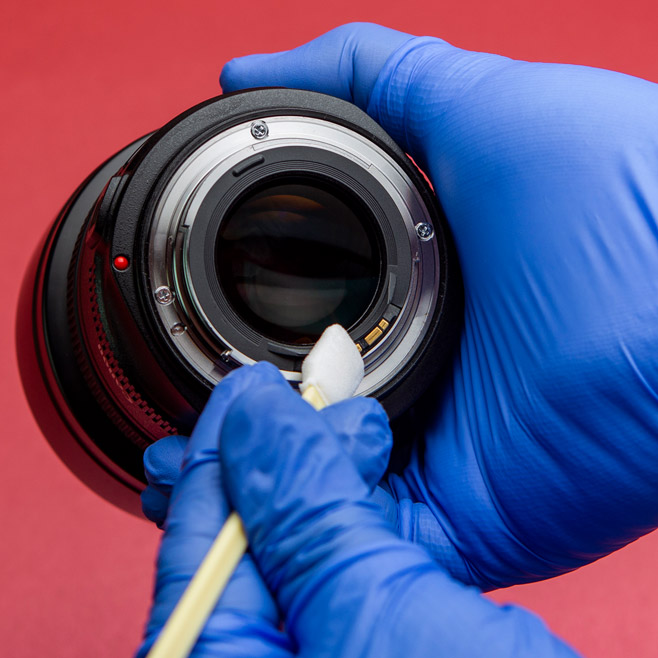



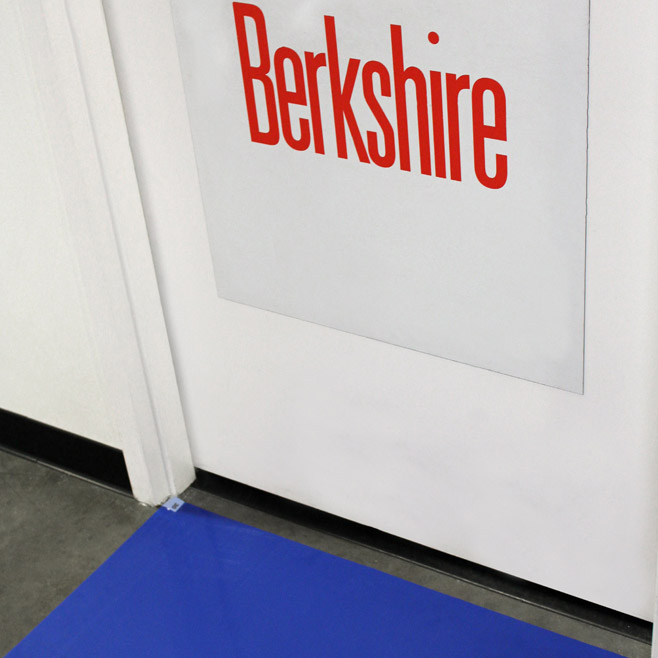




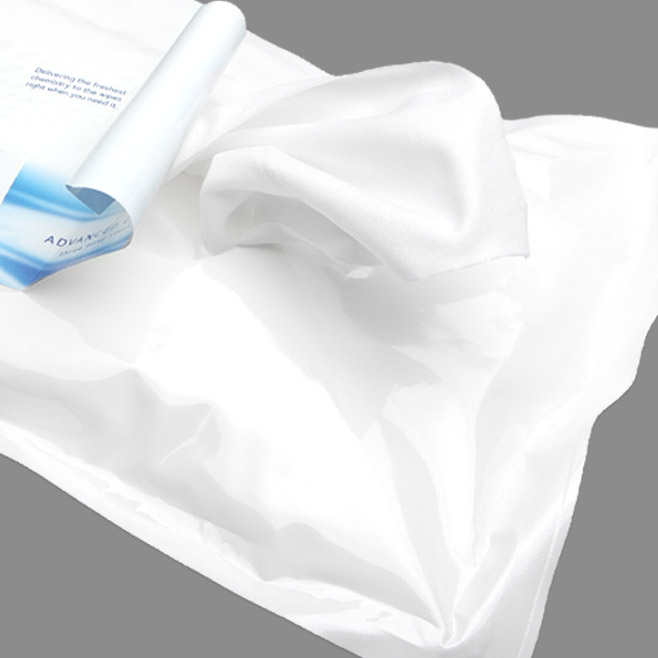
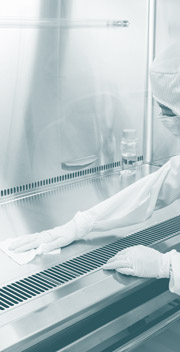

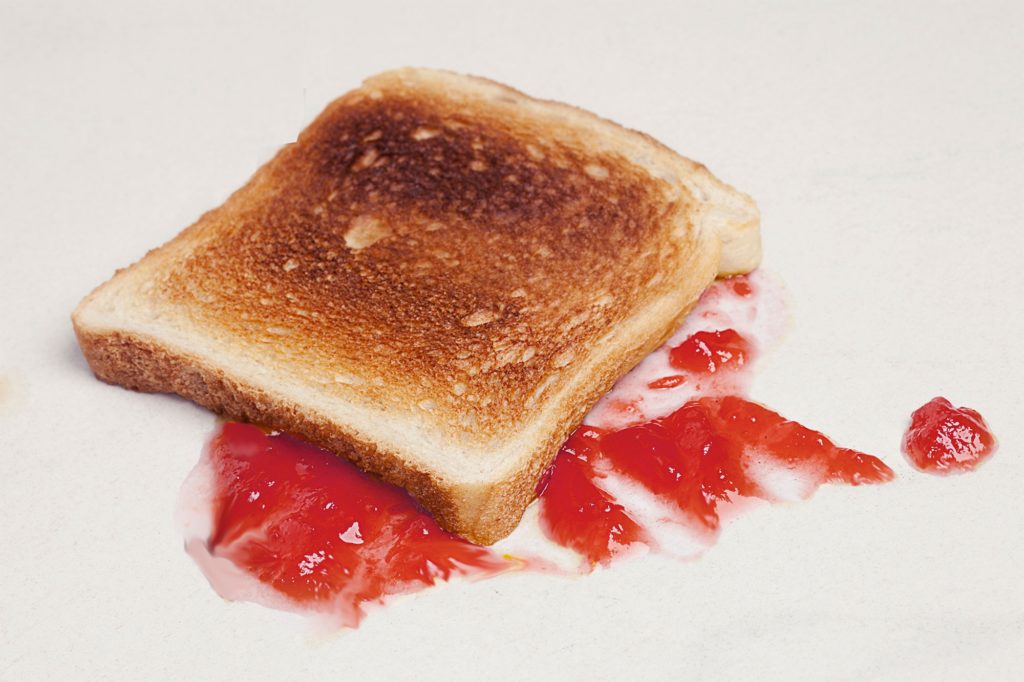

HAVE AN IDEA FOR CONTENT?
We are always looking for ideas and topics to write about.
Contact Us